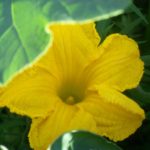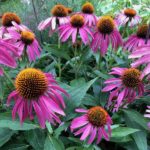
“We shape clay into a pot, but it is the emptiness inside that holds whatever we want.”(1)
Emptiness, spaciousness, openness – that’s the focus of this week’s mindfulness practice.
A room is filled with space, but we focus on the objects. A doorway is simply space but we focus on the wood that frames it. A rhythm is created by the space between the beats, but we mostly hear the beats. Our brains are apparently wired to focus on what we can see, touch, and hear. What I want to practice this week is reversing my default focus and exploring what it is like to intentionally sense the space around me.
This particular practice feels more challenging than the last few weeks which were concrete activities like walking and breathing. Because it is intangible, I think it will be important to affirm my focus each morning with more than a journal entry.
There are two morning practices that will help me tune in. One is the “Mind Like a Sky” sitting meditation, from Jack Kornfield (2). (Audio recording is available here.) In this meditation we start with sound, but slowly move our attention to expansiveness, openness, and the unseen and unheard. I have done this meditation many times, but never daily for a whole week.
The other practice is Tai Chi, which is a moving meditation. In Tai Chi, some of the many things we pay attention to are the sensations and pressure of the air around us as we move through it. My goal will be to touch this emptiness and openness with meditation each morning and then be attentive to it as I participate in the somewhat hectic pace of my life. Since this does seem a little trickier than previous weeks, I am curious to discover how it pans out.
If you’d like more information on my weekly focus experiment click here.
This is the entire verse 11 from the Tao Te Ching:
We join spokes together in a wheel,
but it is the center hole
that makes the wagon move.
We shape clay into a pot, but it is the emptiness inside that holds whatever we want.
We hammer wood for a house,
but it is the inner space
that makes it livable.
We work with being,
but non-being is what we use.
(1) Lao-tzu, Tao Te Ching, translation by S. Mitchell
(2) Written instructions for Mind Like A Sky, by Jack Kornfield are at: https://jackkornfield.com/a-mind-like-sky/ A recorded audio of the meditation is here.
For a brief history and background information on the Tao Te Ching , see Wikipedia


